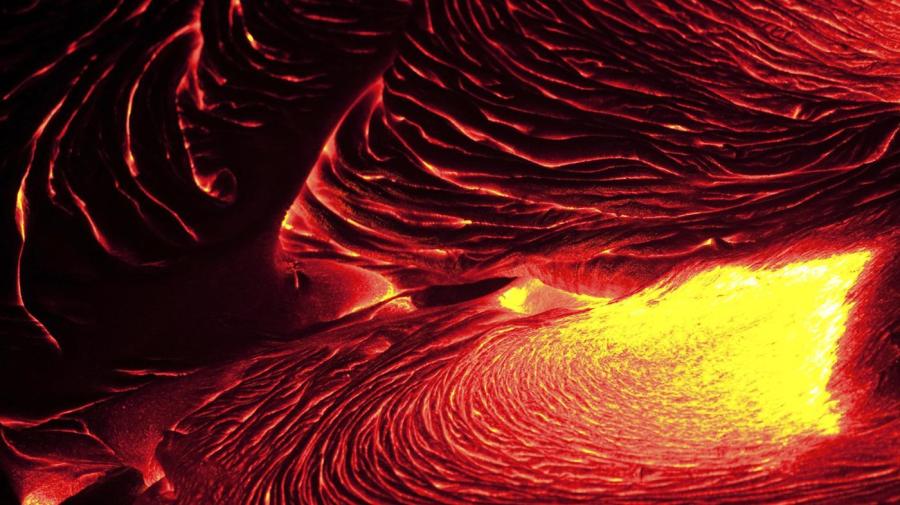What Drives Plate Tectonics?

The plate tectonics theory suggests that the outer shell of the Earth’s surface is split into a few plates that move along the mantle, forming a hard shell, with pressure from mid-ocean ridges and subduction zones causing the shifting in the plates. Mid-ocean ridges are the gaps that lie between the plates, much like the seams on a basketball. Magma oozes through these ridges, creating new crust on the ocean floor and pushing the plates apart, while subduction zones sit at the meeting point between plates. One slides under the other, pulling the crust down as it goes.
Many of the most powerful volcanoes on the planet sit along subduction zones, such as the “Ring of Fire” running around the Pacific Ocean. Where two plates come together, there are several different types of interaction. Margins that are divergent feature plates that are moving away from one another, while transform margins feature plates that slip and slide. One example of this is the San Andreas Fault in California, which is the meeting point of the Pacific and North American plates, but rather than colliding, the plates rub against each other horizontally. The study of plate tectonics gives scientists a set of clues about the history of continental movement on the Earth.





